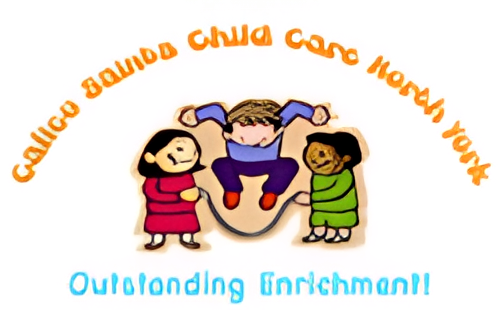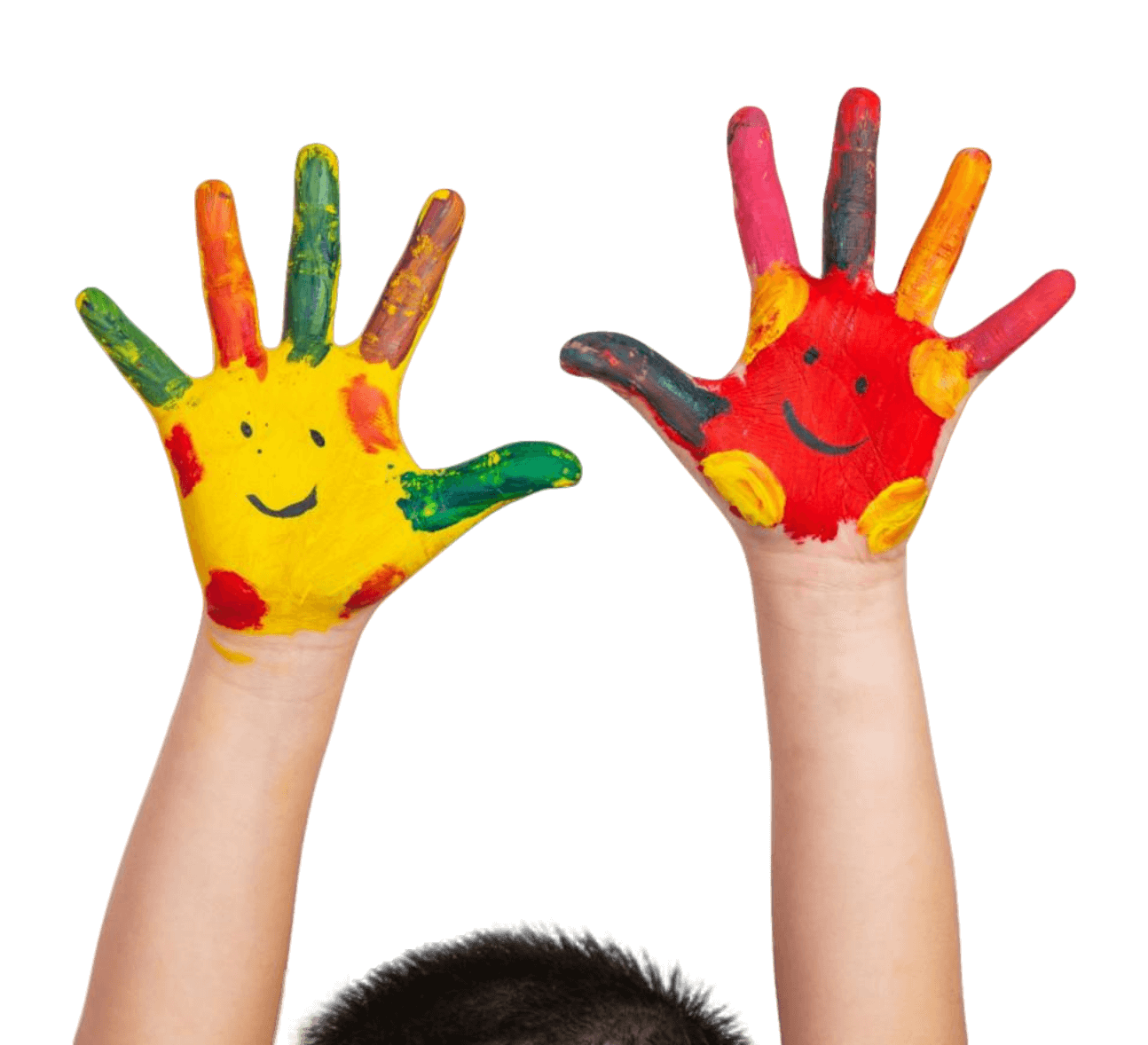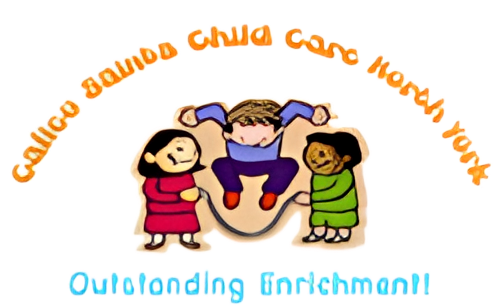Introduction to enhancing children’s learning through curriculum development
Developing a diverse curriculum isn’t just about adding new books to the shelf. It’s about shaking up the entire approach to how we teach kids, making sure they see the world in all its colors and complexities. This means bringing in stories, facts, and problems from all corners of the globe and from every perspective. By doing this, children learn to understand differences, embrace challenges, and think critically. It’s not just about learning math and science. It’s about preparing them for the real world, where they’ll meet people from many backgrounds and face a range of problems. A diverse curriculum gives them the tools to navigate this with confidence and curiosity.
Understanding the importance of diversity in curriculum development
A diverse curriculum doesn’t just tick boxes; it unlocks doors to a world of understanding and respect. Picture a classroom where every student sees a reflection of their own story in the lessons they learn. This approach is crucial because it acknowledges and values the variety of cultures, perspectives, and experiences that students bring to the table. It’s about more than just including different stories or historical events; it’s about weaving these diverse narratives into the very fabric of education to foster a deep, empathetic connection with the world around us. When kids learn about histories and cultures different from their own, they’re not just absorbing facts. They’re learning to walk in someone else’s shoes, to see the world through eyes other than their own. This doesn’t just make them better learners; it makes them better people. In a nutshell, embracing diversity in curriculum development is not an optional extra—it’s essential. It lays down the foundation for a more inclusive, understanding, and connected world.
Key components of a diverse curriculum for children
A diverse curriculum for children integrates different teaching methods, cultural perspectives, and subjects to cater to various learning styles and backgrounds. This approach makes sure every child feels included and excited to learn. First, it includes lessons from a wide range of cultures. This helps children understand and appreciate the world’s diversity, making them more empathetic and knowledgeable global citizens. Second, it uses different types of learning activities. Some kids learn best by doing, others by watching, and some by listening. A diverse curriculum mixes things up to keep all children engaged and learning effectively. Third, it involves real-world learning. Connecting lessons to the real world makes learning more meaningful and memorable for kids. Lastly, it promotes critical thinking. By presenting problems from multiple viewpoints, children learn to think critically and solve problems creatively. Together, these components prepare kids not just for tests, but for life.
Strategies for developing a diverse and inclusive curriculum
When creating a curriculum that meets the needs of all students, variety and inclusivity should be at the forefront. Here are some straightforward strategies to ensure your curriculum speaks to a diverse audience. Start by integrating a range of cultural perspectives. This means going beyond the usual stories and examples to include voices and experiences from different backgrounds and communities. Also, represent diverse role models. Children need to see figures who look like them achieving great things. Include lessons about people from various ethnicities, genders, abilities, and more. Make sure your material is accessible to students with different learning needs. Use tools and resources that cater to various learning styles, like visual aids for visual learners or interactive activities for those who learn by doing. Always update your content to reflect the changing world. This means staying abreast of new research or societal shifts and adjusting your curriculum to keep it relevant. Lastly, invite feedback from students and parents. Understand what works and what doesn’t directly from your audience. This direct line of communication ensures your efforts in diversification truly meet the needs of your learners. By implementing these strategies, your curriculum will not only be diverse and inclusive but will also prepare children for a world that values diversity and inclusion.
Incorporating cultural relevance into curriculum development
Bringing culture into the classroom isn’t just nice to have; it’s a must for helping every student feel included and for bridging the gap between what they live outside and what they learn inside. Let’s break it down. First off, every child comes from a unique background, bringing a wealth of diverse perspectives to the table. By incorporating cultural relevance into lessons, educators can tap into those perspectives, making learning more engaging and meaningful. Picture a history lesson that reflects not just one viewpoint but includes the narratives of all people involved. It doesn’t only tell the story more accurately but ensures every student sees themselves in the story of our world. For subjects like math or science, think about showcasing scientists, mathematicians, and inventors from a variety of cultural backgrounds. This approach doesn’t just broaden students’ understanding of the subject; it also shows them that brilliance knows no racial or cultural boundaries. Culturally relevant curriculum development also leads to better problem-solving by teaching kids to look at challenges from multiple viewpoints. And, very importantly, it fosters a sense of respect and appreciation for differences, laying the groundwork for more inclusive future generations. Remember, we’re not just teaching facts; we’re shaping how young minds understand and interact with the world and its diverse inhabitants.
Ways to adapt curriculum development for different learning styles
To make learning effective for every kid, we’ve got to tailor the curriculum to fit various learning styles. First up, understand that kids take in information differently. Some are visual learners; they get it fast when they see pictures or diagrams. Then there are auditory learners who catch on by listening. We’ve also got kinesthetic learners who need to move around and do things to understand better. Don’t forget the readers and writers; they thrive on words, either reading them or writing them down.
So, how do we adapt the curriculum for these different styles? For visual learners, mix in a lot of charts, graphs, and videos into lessons. When teaching auditory learners, make sure discussions and lectures are a big part of the process. For those kinesthetic learners, get hands-on activities on the table—things they can build, experiments they can conduct, or any task that gets them moving. And for the readers and writers, give them plenty of opportunities to dive into books and write down their thoughts.
Remember, the goal is to engage each child in a way that makes sense to them. It’s not about overhauling the whole curriculum but integrating elements that cater to different learning styles. This approach ensures all kids have a fighting chance to grasp concepts in a way that resonates with them. This flexibility is key in creating an inclusive learning environment where every child can shine.
The role of technology in diverse curriculum development
Technology plays a crucial role in creating a diverse curriculum that meets the needs of all students. With tech tools, educators can offer personalized learning experiences that cater to the individual strengths and challenges of each child. Interactive programs make learning more engaging, helping to ensure that complex concepts are understood by everyone, regardless of their learning style. Moreover, technology allows access to global resources, exposing students to different cultures and viewpoints, which is essential in a diverse curriculum. By incorporating technology, educators can adapt teaching methods quickly to suit the class’s needs, making education more inclusive and effective.
Measuring the impact of a diverse curriculum on children’s learning
To measure how a diverse curriculum affects children’s learning, you need to look at a few key signs. First off, their engagement levels surge. Kids who find the subjects relatable and interesting are more likely to participate and stay focused. Secondly, their understanding deepens. When children are exposed to various perspectives and ways of thinking, they grasp complex concepts easier and connect the dots between different ideas. Also, you’ll see an improvement in their problem-solving skills. A diverse curriculum challenges them to think outside the box and come up with innovative solutions. Lastly, their respect for differences grows. Being exposed to a variety of cultures and viewpoints teaches children to appreciate diversity, fostering a more inclusive mindset. By keeping an eye on these indicators, you can get a pretty solid idea of how a diverse curriculum is enriching your child’s learning experience.
Challenges in implementing a diverse curriculum and how to overcome them
Incorporating a diverse curriculum can hit some bumps on the road. Schools often struggle with limited resources, resistance from within, and a lack of understanding of what a diverse curriculum truly means. But let’s not be discouraged; these challenges are not insurmountable. First off, resources can always be stretched or creatively utilized. Partner with local communities, seek donations for materials, or lean on digital resources that often come free. Resistance from staff or parents? Open the floor for honest discussions. Educate on the benefits a diverse curriculum brings to all students, not just a few. It’s about enriching everyone’s learning experience. And as for understanding what diversity in curriculum means, it starts with training. Professional development for teachers is key. They need to grasp the importance and the impact of integrating various cultural, historical, and socio-economic perspectives into their lessons. By overcoming these hurdles, we pave the way for a more inclusive, engaging, and enriching education for our children.
Conclusion and next steps for educators in curriculum development
To wrap it up, embracing diversity in curriculum development isn’t just a nice-to-have; it’s essential for preparing kids for a world that values inclusivity and varied perspectives. As educators, here’s what you can take away: Start by assessing the current state of your curriculum. Is it reflective of different cultures, histories, and viewpoints? If not, now’s the time to dive into research, seek out diverse materials, and consult with colleagues to enrich your program. Incorporate diverse literature, case studies, and examples that resonate with a broad audience. Remember, relevance is key to engagement. Also, actively seek feedback from students and parents. They’re your partners in this journey and can offer invaluable insights into how the curriculum affects learning. Finally, be open to evolving. The world changes, and so should our teaching methods and materials. Keep learning, adapting, and growing. Your efforts will not only foster a more inclusive education but will also equip young minds with the empathy and understanding necessary to thrive in a diverse world.





